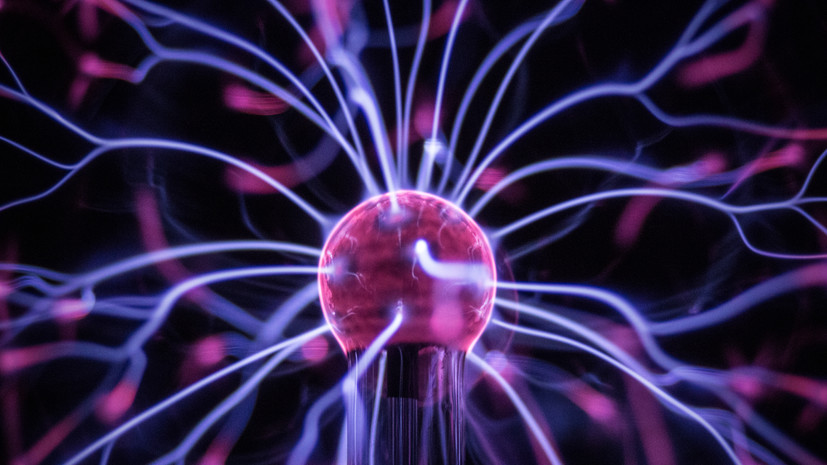Scientists from the Joint Institute for High Temperatures of the Russian Academy of Sciences have learned to create stable, long-lived ultracold plasma. Its temperature is about -273 °C. Such plasma will help scientists better understand many phenomena in the Universe, as well as obtain new data on thermonuclear processes. In addition, long-lived ultracold plasma will make it possible to improve high-resolution ion microscopes, the press service of the Russian Science Foundation told RT. The study was supported by a grant from the foundation. The results were published in the journal Physical Review Letters.
Let us recall that plasma is the fourth state of aggregation of matter, in which it is an ionized gas. That is, a mixture of positively or negatively charged atoms (ions) and free electrons. An ordinary gas transforms into a plasma state under the influence of electromagnetic radiation and high temperatures, and in laboratory conditions - under the influence of laser radiation. Plasma is what stars, the solar wind, interstellar space, etc. are made of. Hot plasma is used in industry, for example, when working with metal and ceramic materials. Cold plasma, whose temperature is about 30 °C, is actively used in cosmetology, medicine and agriculture.
Gettyimages.ru
© BikejBarakus
There is also ultracold plasma, which has a temperature near absolute zero on the Kelvin scale, or around -273° Celsius. It can be used to study plasma of various natures, for example, those formed in thermonuclear reactors.
However, until now scientists have only been able to obtain ultracold plasma for very short periods of time—literally millionths of a second. The fact is that the only way to obtain such a plasma was to irradiate atoms with nano- and femtosecond laser flashes.
The authors of the work were able to solve this problem. They have developed a technique that makes it possible to obtain stable and long-lived ultracold plasma.
Scientists placed calcium atoms in a magneto-optical trap, a device for cooling and trapping particles. In it, under the constant influence of a laser, a stable cloud of calcium ions and electrons cooled to absolute zero - particles that form plasma - was preserved.
According to the authors of the work, throughout the experiment, the plasma maintained a consistently low temperature - about -271 °C. Thanks to this, the particles remained practically motionless and interacted strongly with each other.
“The ultracold plasma we created for the first time has an infinite lifetime due to the continuous capture of cooled atoms and their ionization by a laser. Previously, scientists used the ionization of cold atoms with a short laser pulse - because of this, the plasma existed for a short time. We create a continuous flow of new cold ions and electrons, which allows us to observe stationary ultracold plasma,” project leader, Doctor of Physical and Mathematical Sciences, head of the Laboratory of Laser Cooling and Ultracold Plasma of the Joint Institute for High Temperatures of the Russian Academy of Sciences, Boris Zelener, told RT.
Ion microscope
Gettyimages.ru
© galitskaya
The resulting plasma will make it possible to simulate the state of plasma in astrophysical processes, as well as improve ion microscopes, in which an image is obtained as a result of the passage of a beam of ions through an object.
At the next stage of work, physicists intend to study how the properties of plasma are affected by changes in the strength of the magnetic field and the intensity of laser radiation.

